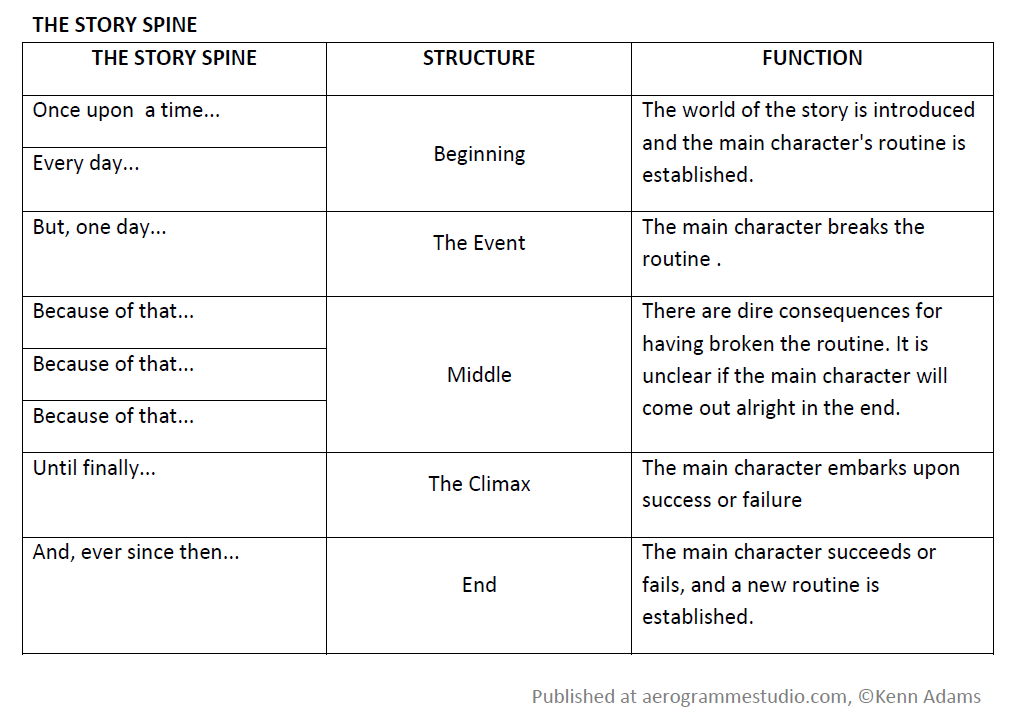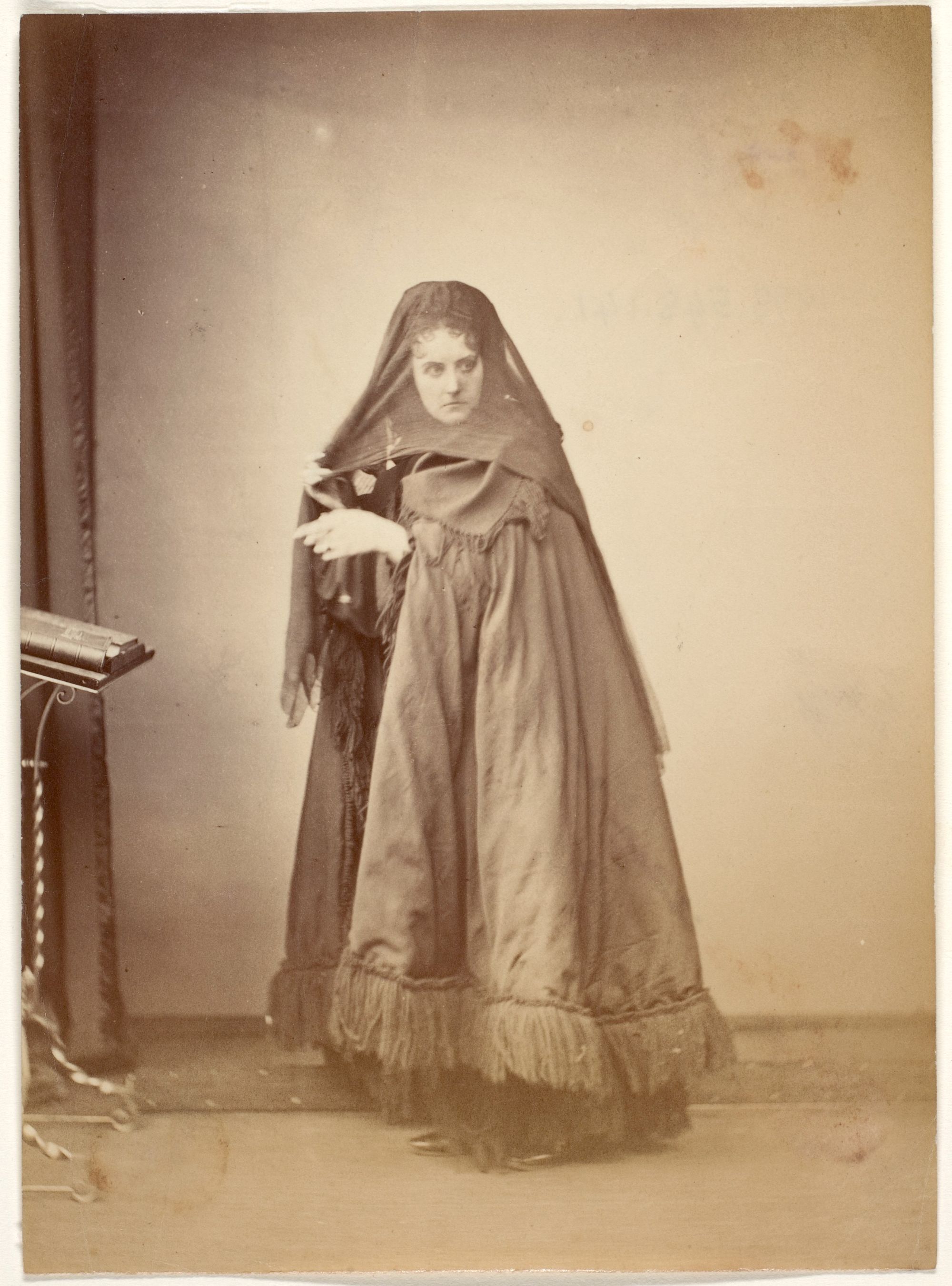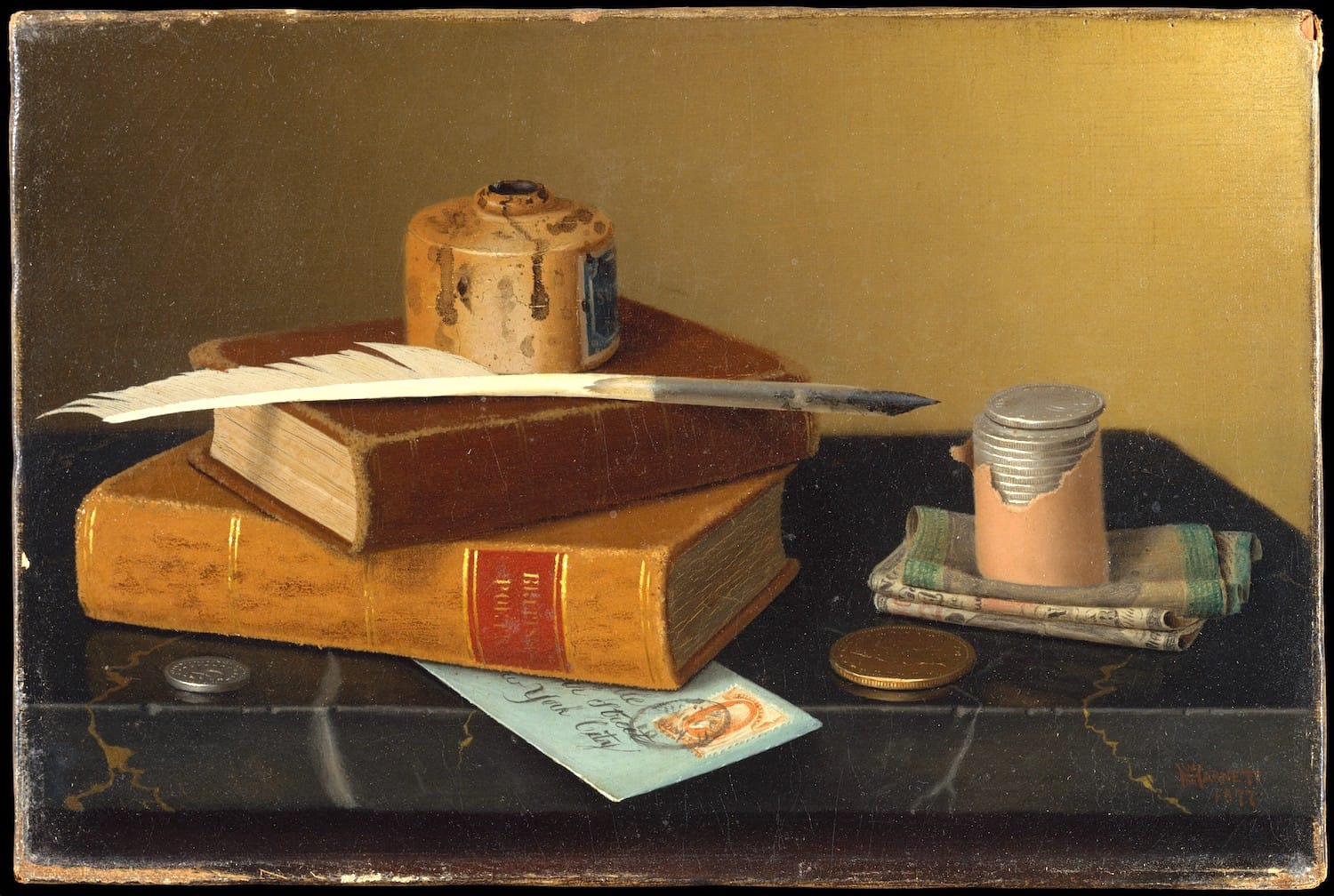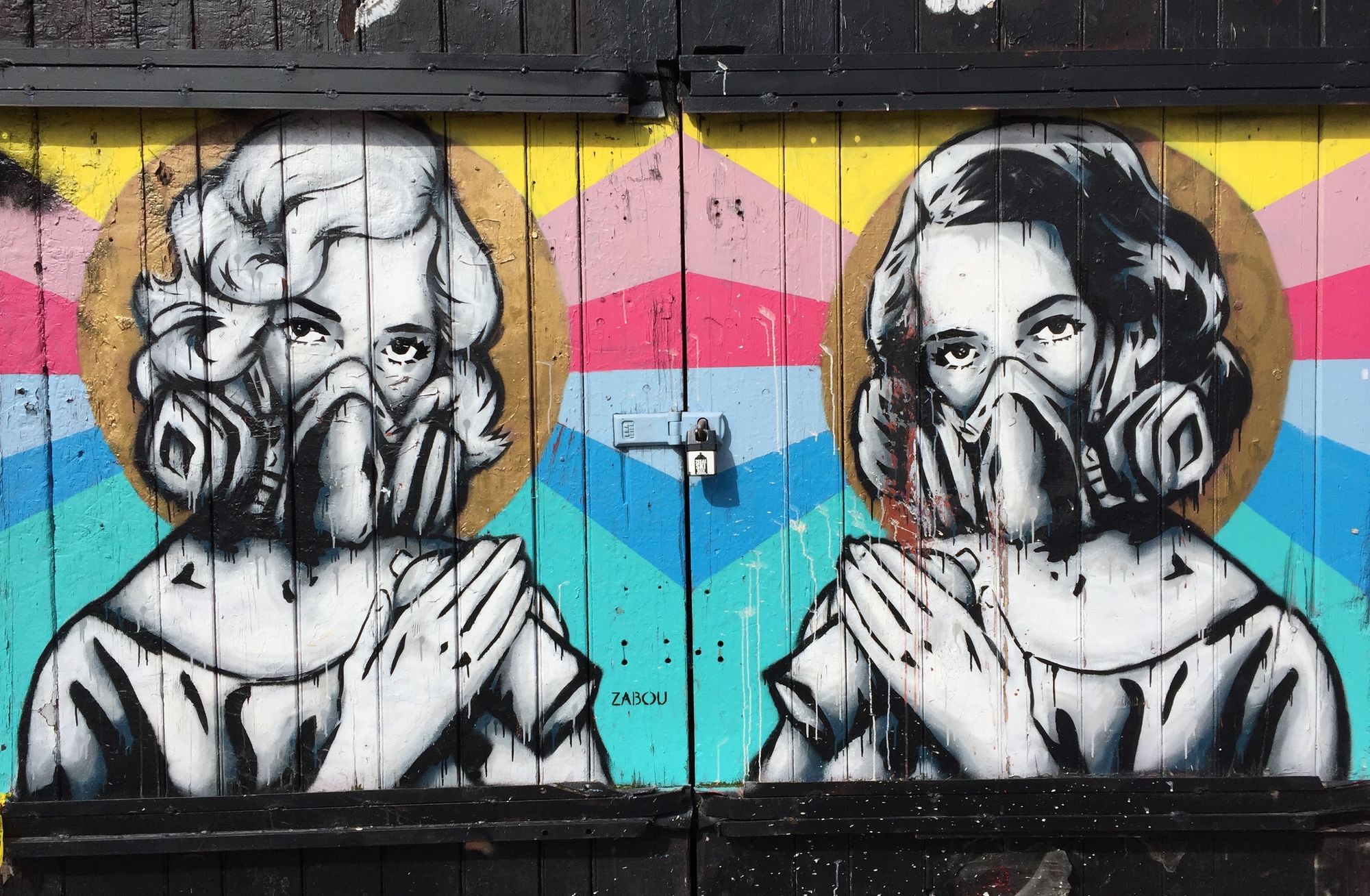Warning, the following "post" rambles disjointedly and is decidedly incomplete. Consider this a demonstration of my typical half-finished draft, yet to be wrestled into accessible linearity. Meta-ironic bonus: Riffing on narrative without a narrative to hold the thoughts together! Lol! Basically I am publishing this because I do like some of the passages and may wish to quote them in the future.
Hey. A while back I mentioned this paper: "The evolution of stories: from mimesis to language, from fact to fiction" by Brian Boyd. It's good, both accessible and sensible, so you ought to read it if you're interested in the nature of narrative.
Originally I planned to straightforwardly summarize and discuss the paper, but honestly I'm just not that type of writer. My revealed preference is, uh, doing other things. Meandering and malingering.
I also bought Boyd's book On the Origin of Stories [affiliate link] and read some of it. Didn't feel like it added a lot versus the paper alone, but perhaps more diligent reading would change my mind. I don't know. The esteemed banana on indexicality might be relevant here. I don't know. What do I know? Very little, my friends, so very little.
Anyway, I left my notes for that previous post idea at the bottom of this one. I was also going to review "The emotional arcs of stories are dominated by six basic shapes" [PDF link] but again I can't make myself. The thought is too boring. The Muse, she abhors easily parsable practicality. She shakes her finger at me ferociously!
Why is that? Maybe it makes me look smart to focus on nebulous phenomena — who can advance an object-level challenge to a zillion stacked layers of meta? (Plenty of people, but I implied otherwise, and that's the important thing.)
Again, don't know really, but I decided to put my intuition in charge of everything that it wants to manage, which has worked out pretty well for me. YMMV — presumably results will depend on how effective your intuition is.
Instead let's talk about salience. I jacked the post title from Venkatesh Rao on legibility, partially because I chatted about salience with Venkat and Lisa Neigut on their podcast, and partially because I think salience is as important a concept as legibility. Here's what I said in the Scorpio Season convo:
haha like I said it's an incomplete post, sowwy
In a recent post, I summarized why humans are so obsessed with each other's thoughts:
Why do we care so much about each other's opinions in the first place? Why should I give a fuck what you think?
You know why. It's because you might vote, or you might buy something. Meanwhile I have to live in a goddam society alongside you.
In other words, we bear the consequences of each other's decisions. And why is that? Okay, we live in a society — what for? It's another basic structural thing: You can improve your effort-to-ROI ratio with technology or by coordinating with other people. Those are the two ways, like there are legit no other options, and "civilization" is what we call the combination of the two.
"Abandoning technology isn't just a horrifying betrayal of the promise of the species (opinion) or the extermination of countless trillions of potential future extrasolar civilisations (kind of fact, but a weird one), it's a direct, immediate genocide" https://t.co/O0B6VjNXA4
— 🎀 sonyasupposedly.com 🤖 (@sonyasupposedly) July 25, 2020
it's a great point — given the world's extant population, actual deindustrialization = large-scale famine and death
— 🎀 sonyasupposedly.com 🤖 (@sonyasupposedly) July 25, 2020
How do you coordinate with other people? Well, you have to communicate, right?
or: what even is narrative
Readers attend to the details of the emerging narrative with the expectation that the author has organized his story to end with a satisfying sense of conclusion.
— A Body, Undone by Christina Crosby
We expect coherence from narratives. Arguably, coherence is the point — we don't want to be bombarded with disparate factoids. Narrative ties all the threads together, braids them; narrative means synthesis into an intelligible whole. "Sense-making" means constructing and applying narratives, which are hypotheses of causality and importance. Especially importance.
- What makes a story a story? Riffing on "The evolution of stories: from mimesis to language, from fact to fiction" by Brian Boyd. A story is a salience line. A narrative isn't about causal A happened which directly triggered B, it's about A happened which is significant in light of B; assertion of the link between the two being salient rather than mere description of it being present.
"On and on you will go, making sense of the world, forming notions of order, and being surprised in ways large and small by their failure, forever." Albert Burneko, How Wile E. Coyote Explains The World
Naturally I'm not the first to wonder about the substance of narrative, so I went off and read what other people had to say about it. Here's an accessible, TED-talk-esque rundown:

And I came across the handy "story spine," which is beautifully simple and direct:

So basically... a narrative is the Hero's Journey boiled down even further? 🤔
I pondered the chart and found myself asking: Is narrative merely sequential linked events? Wait, is that all it takes? Spoiler, yeah, pretty much.
The primary definition of "narrative" listed by Oxford's Lexico: "A spoken or written account of connected events; a story." (Also relevant: "A representation of a particular situation or process in such a way as to reflect or conform to an overarching set of aims or values.")
In essence, narrative is a communicated hypothesis of causality, whether predicated on familiar reality or the strange dictates of a fantasy world. The very sequentiality itself, the assertion of connections between A and B — that is the narrative.
Geez, I've been worrying way too much — the plot is just when stuff happens lol! It's just people doing thangs!
The middle "structure" column of the story spine illustrates that no, it's not quite that. Narrative is the gathering and release of tension. I'm reminded of the reaction graphs that we pored over in high school chemistry:

What if narrative is the abstracted gathering and then use of energy? What if narrative finds its essential kernel in entropy itself?
Scholar Brian Boyd has discussed the puzzlement of narrative:


I think what makes a narrative is its aboutness. To put it another way, narrative is about drawing a salience line. You could say that narrative is a way to relate connections, but given that for each of us, our perception is the reality that we occupy — perhaps narrative creates the connections. It demonstrates them as possible; here is how A and B can be tied together.
Live for the line, not for the dot.
— nicole (@nwilliams030) March 18, 2018
Narrative is part of the OODA loop, of course. Or maybe it compresses the OODA loop?
Portrait of the Countess of Castiglione by Pierre-Louis Pierson — brief backstory on their collaboration(s) here.





